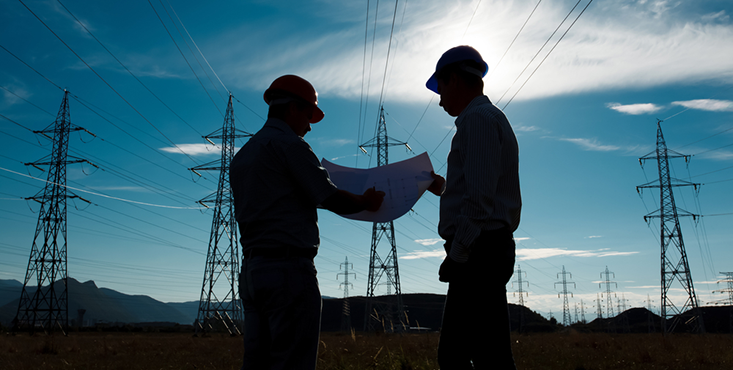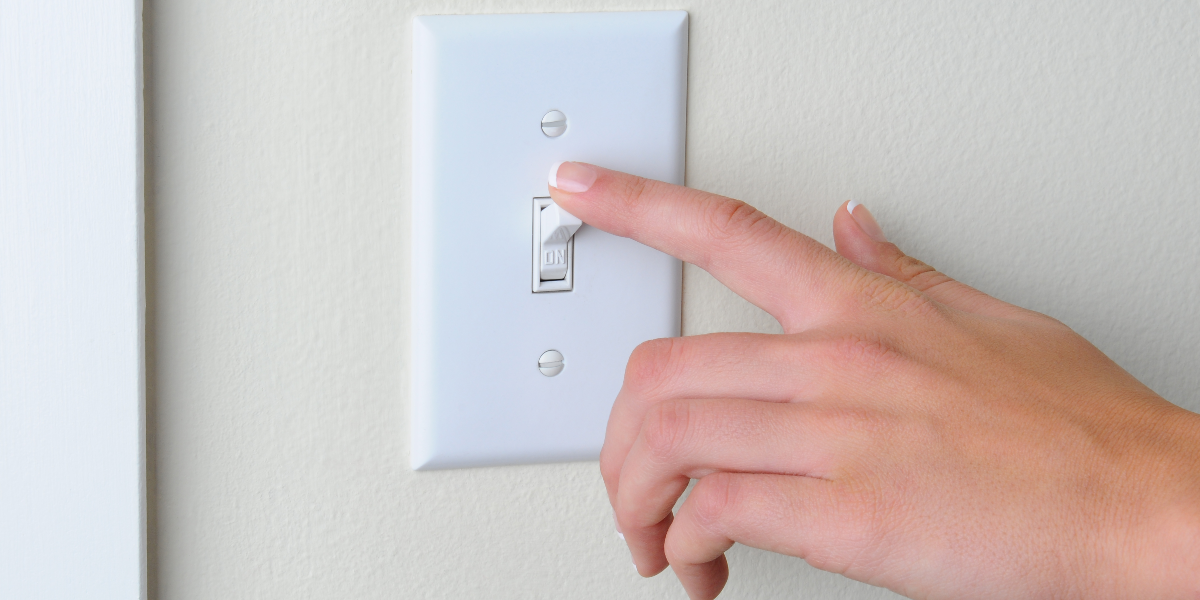QER: The Benefits of Combining Energy Efficiency and Smart Management
Let's Save Energy
Alliance to Save Energy's Blog

The U.S. Department of Energy (DOE) recently released its second installment of the Quadrennial Energy Review (QER 1.2), a report that focuses on the challenges facing our current and future electricity system. As with many other recent U.S. and international reports investigating these issues, increasing energy efficiency through smart energy management policies has a prominent role in any solution.
The Report makes recommendations on three major strategic national goals -- enhancing economic competitiveness, promoting environmental responsibility, and providing for the Nation’s security. We at the Alliance were pleased to see energy efficiency and smart energy management among the few policies which were included across the board, in all three categories.
Increasing Economic Competitiveness
DOE recognizes the direct impact of energy efficiency on economic competitiveness right away, stating: “energy efficiency has been remarkably successful over several decades in helping control costs and improving performance and productivity.” By doing more with less energy, businesses can better manage their energy costs and invest those savings back into their companies. Households can use savings on their utility bills to free up money for other critical budgetary expenses. And by putting these resources toward novel uses, our country can focus on creating new ideas and products rather than worrying about paying higher utility bills.
Promoting Environmental Responsibility
QER 1.2 also recognizes the importance of decarbonizing our electricity sector as a critical step in promoting environmental responsibility. As we at the Alliance have stated many times, energy efficiency is the best, fastest, and cheapest way to reduce the environmental impact of energy use. We must be increasingly intelligent about how we manage the energy we use to keep environmental goals within reach. The first step to successfully reaching these goals is to leverage all cost-effective energy efficiency. While other generation technologies might grab headlines, DOE states declaratively: “energy efficiency also saves consumers money, making it the most cost-effective decarbonization option.” Even after decades of implementing cost-effective energy efficiency programs, the report notes that the average levelized cost of energy efficiency (that is, the cost per unit of energy over the full lifetime of the product or service) is still lower ($46/MWh) than natural gas-power electric generation ($52 - $78/MWh, depending on fuel costs).
Improving Our National Security
We all know that better management of our energy use can help increase economic competitiveness and decarbonize the electricity sector, but it’s less apparent how this might improve the resiliency and reliability necessary for national security. Take a look at QER 1.2’s national security recommendations: a number of them focus on cybersecurity threats to the grid. But many others focus on managing the increasing complexity of a more dynamic power system. That’s when end-use efficiency comes into play, because it will reduce the power draw on the system, and, all else equal, will lessen the stress on the grid during peak times. Other smart energy management practices such as demand response can dynamically respond to grid conditions and provide valuable support when and where it is needed most. Together, energy efficiency and demand response will be critical tools for keeping the power grid up and running smoothly.
Looking Ahead
DOE’s recommendations are wide ranging, spanning from energy use to generation to cybersecurity to workforce development. QER 1.2 highlights the foundational importance of energy efficiency and smart energy management to any effort to transform our country’s electric system. We at the Alliance thank the outgoing DOE leadership for placing energy efficiency in its appropriately lofty position, and look forward to working with the incoming DOE leadership to implement the many important recommendations of the report.
The QER lists several recommendations which we wholeheartedly endorse, including:
- Improving energy management and DR in buildings and industry.
- Investigating ways to improve efficiency of miscellaneous electric loads through research and development, testing, labeling, targeted incentives, and minimum standards.
- Increasing federal support for state efforts to quantitatively value and incorporate energy efficiency, DR, distributed storage, and DG into resource planning.
- Conducting an analysis of the potential for deployment of demand side (energy efficiency, DR, DG, storage) technologies.
- Evaluating the potential to further increase energy savings and reduce costs to consumers and manufacturers through appliance efficiency standards.
- By 2030, reduce the electricity intensity of newly constructed residential and commercial buildings by at least 50 percent relative to typical new building construction today.
RECENT BLOG POSTS
STAY EMPOWERED
Help the Alliance advocate for policies to use energy more efficiently – supporting job creation, reduced emissions, and lower costs. Contact your member of Congress.
Energy efficiency is smart, nonpartisan, and practical. So are we. Our strength comes from an unparalleled group of Alliance Associates working collaboratively under the Alliance umbrella to pave the way for energy efficiency gains.
The power of efficiency is in your hands. Supporting the Alliance means supporting a vision for using energy more productively to achieve economic growth, a cleaner environment, and greater energy security, affordability, and reliability.



